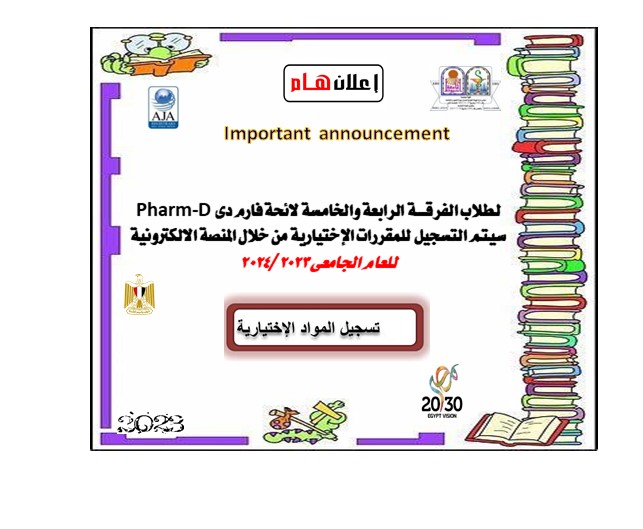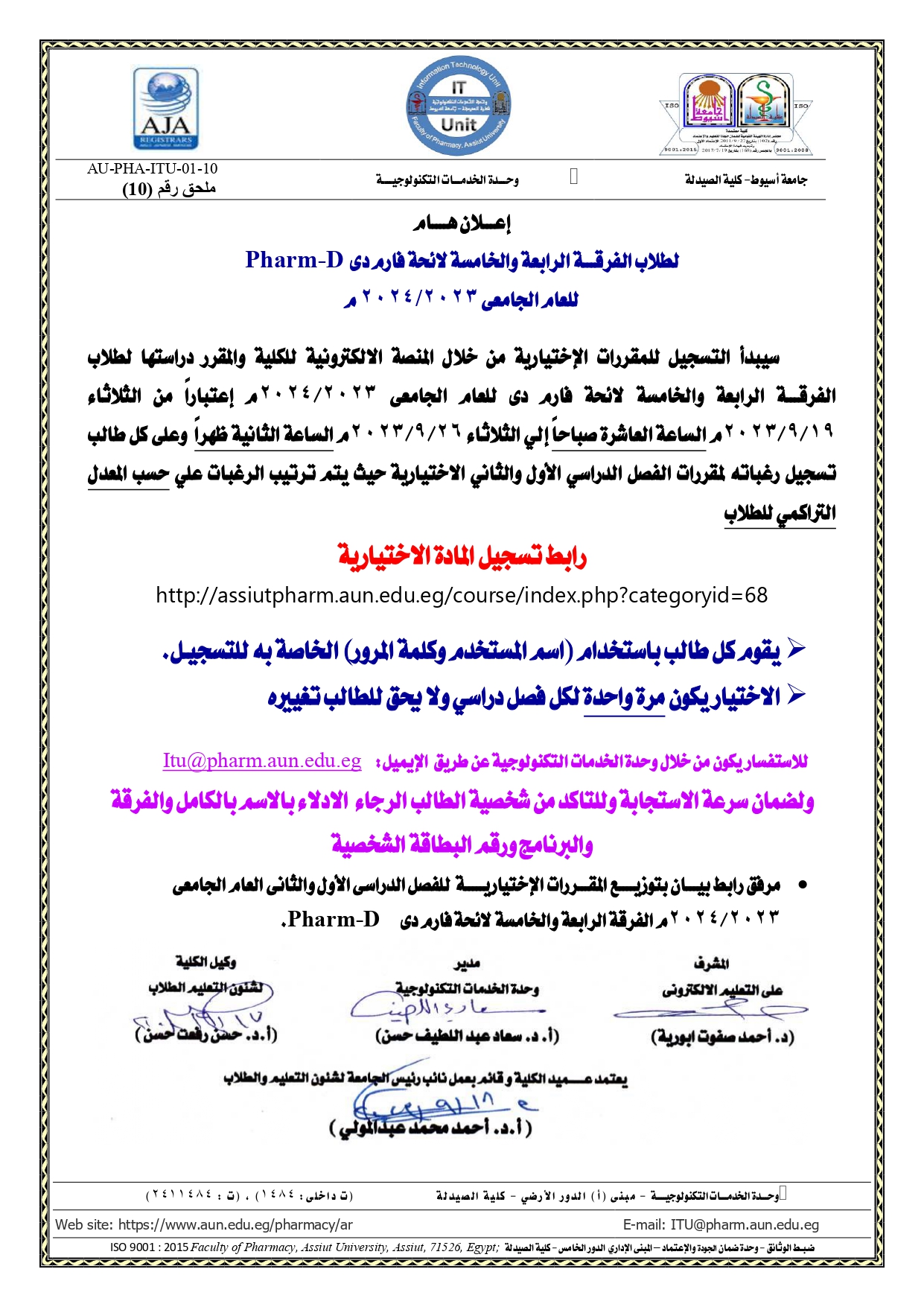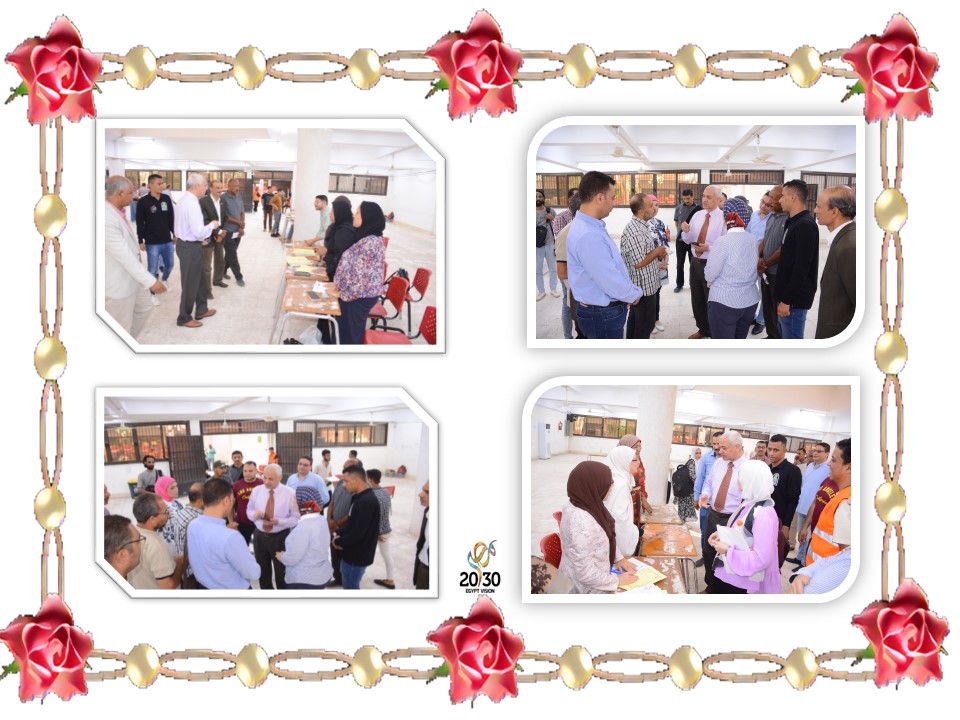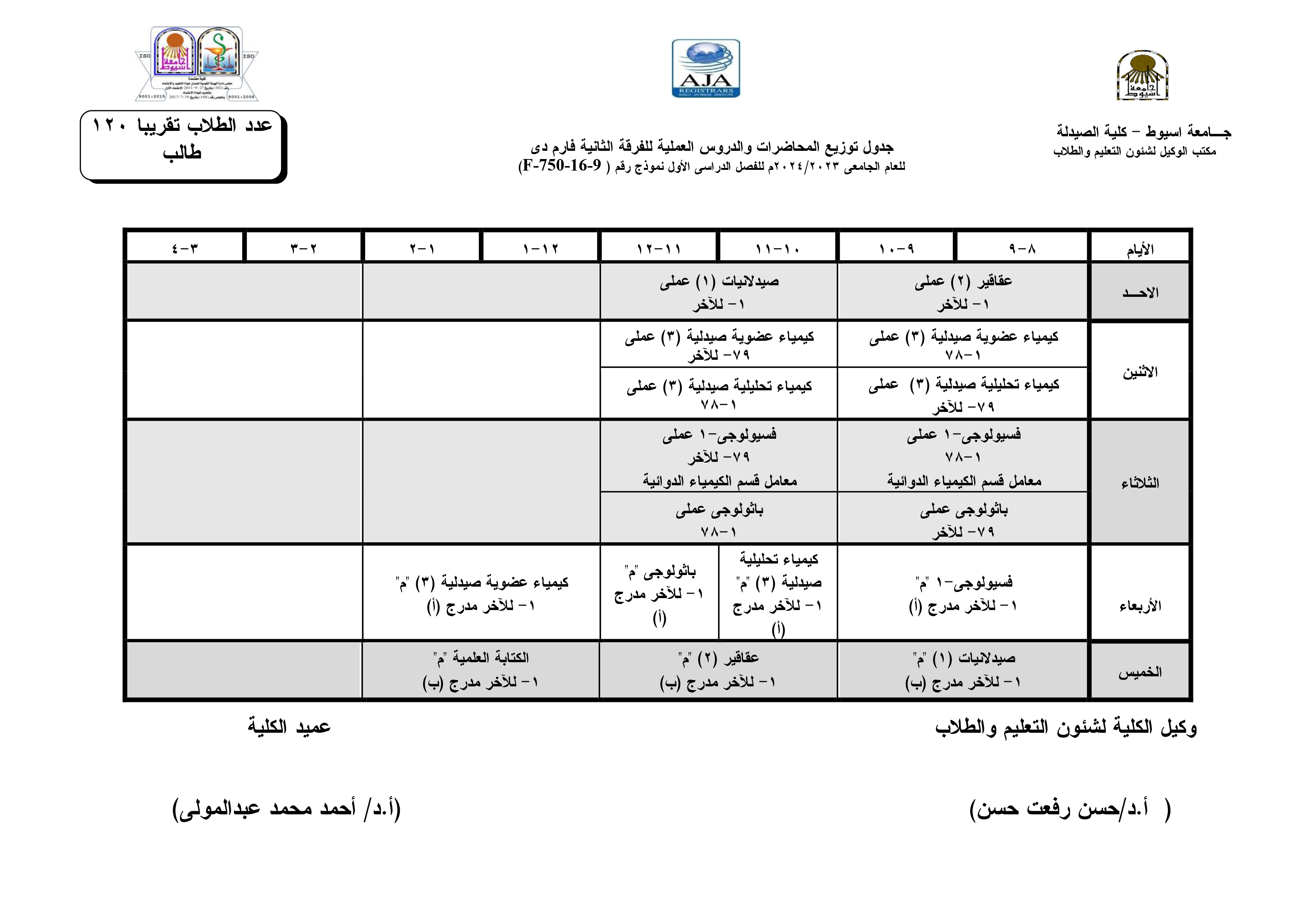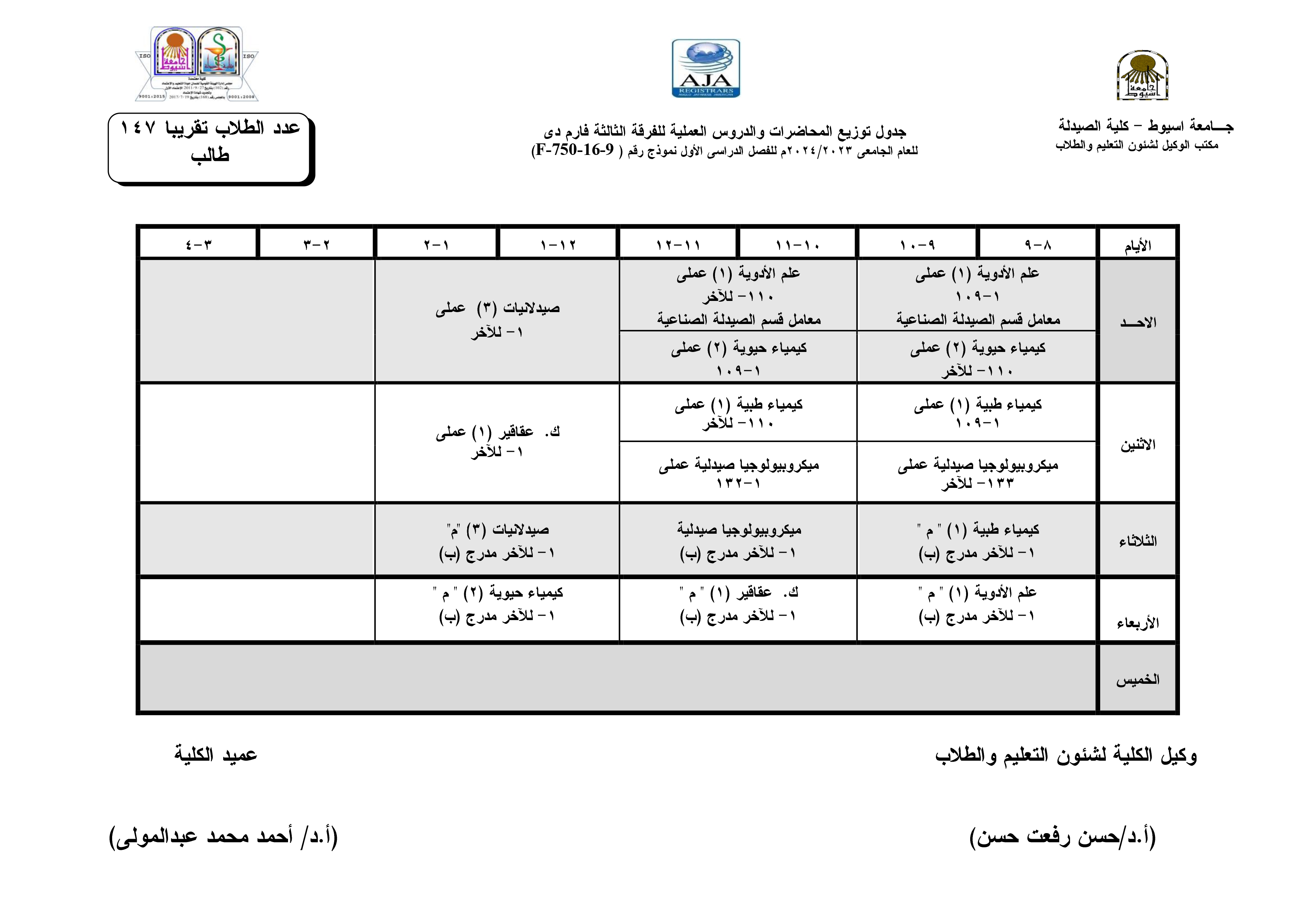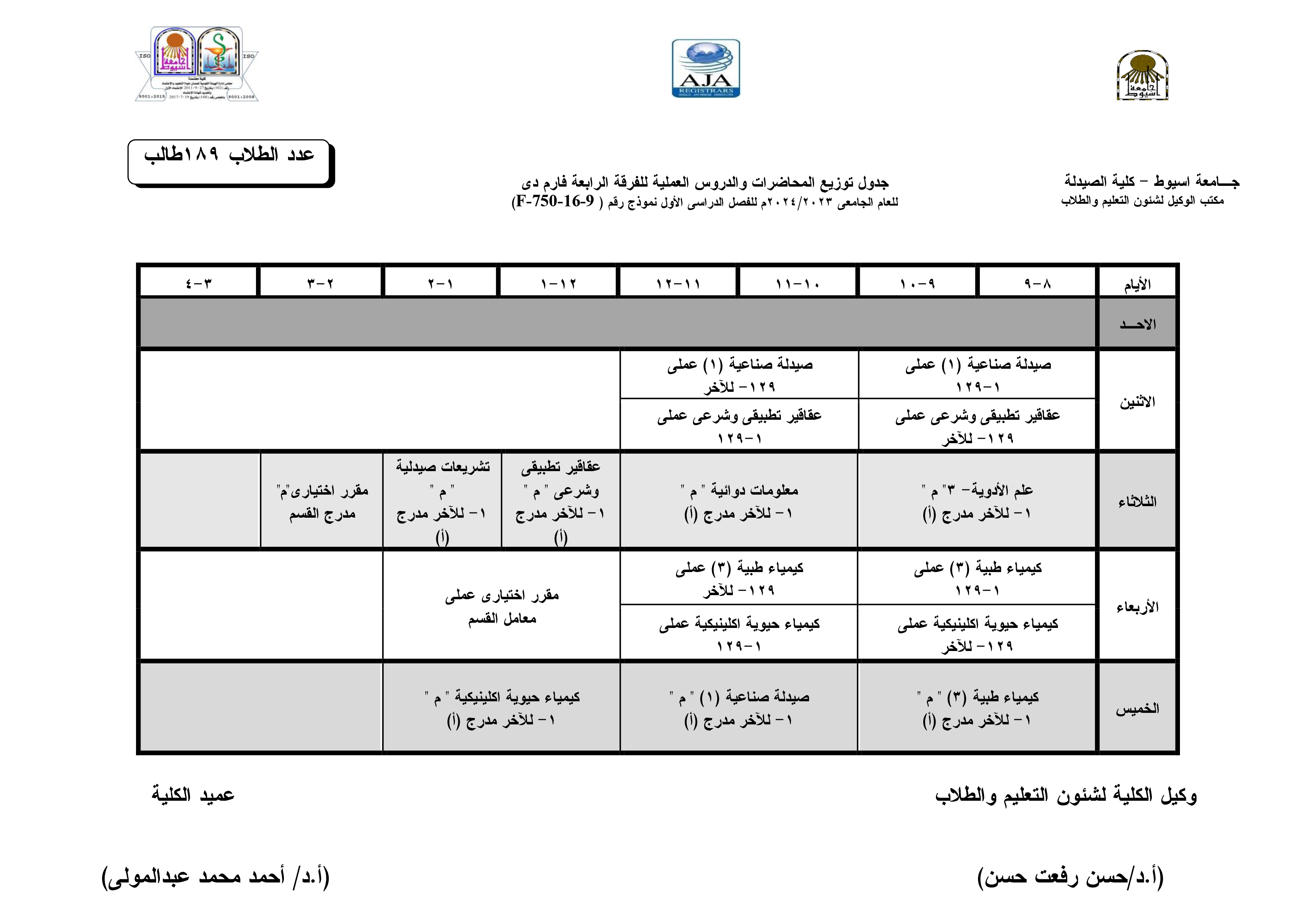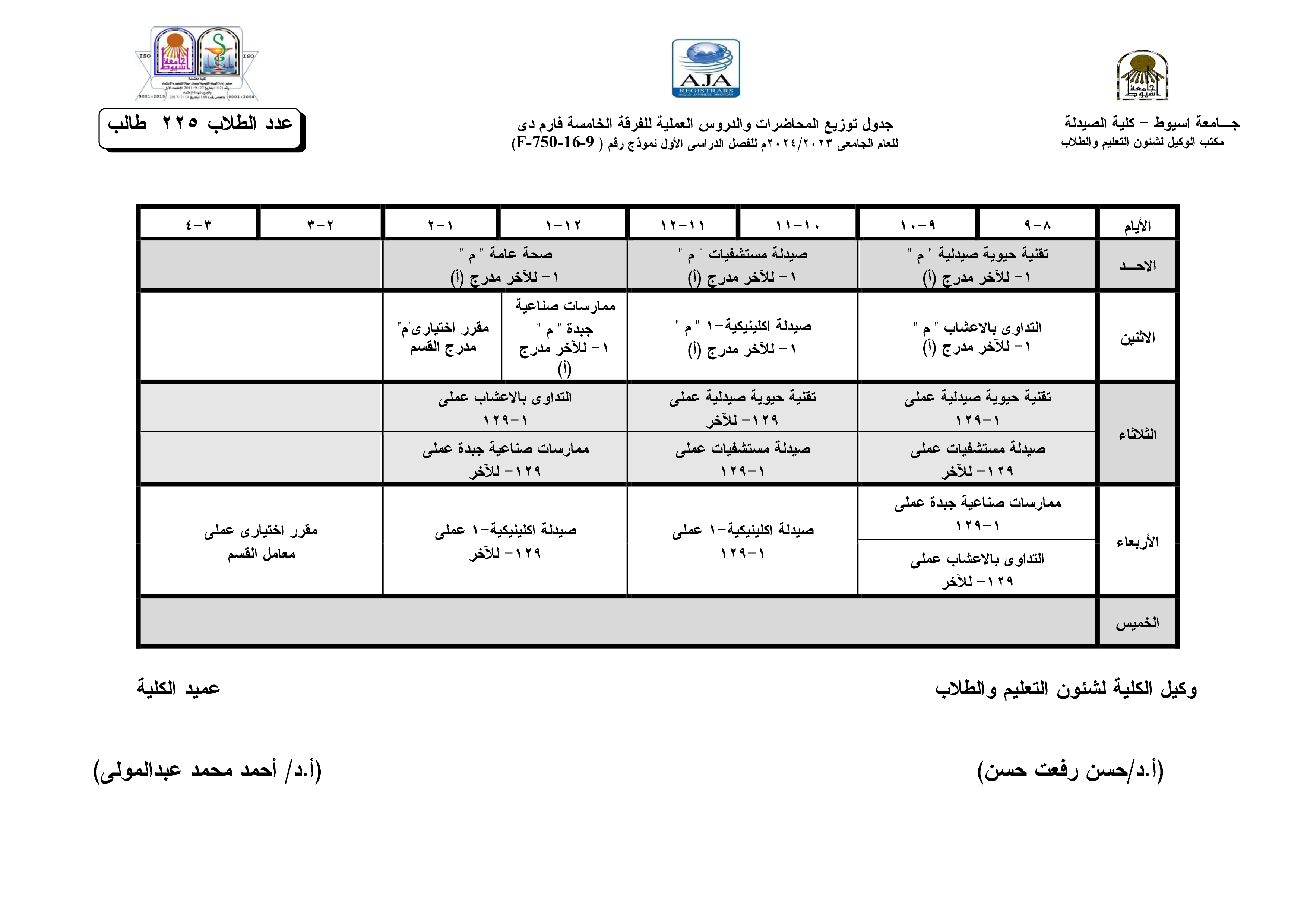Exploring the efficacy of various wheat bran extracts in promoting burn wound healing: A comparative analysis
Ethnopharmacological relevance
Although burn wound management in medical practice has improved, the challenge still exists and demands multidisciplinary participation. Wheat has been extensively used as a remedy of different skin conditions especially burns in almost all parts of Italy. However, the mechanism is still unclear.
Aim of the study
To examine the effects of different wheat bran extracts on the healing of burn wound estimated grossly, histopathologically, and immunologically.
Materials and methods
Wistar male rats were divided into 5 groups; (control) saline treated group, Mebo (Moist Exposed Burn Ointment), cold water extract, hot water extract and methanolic extract groups. After the burn, four groups from the experimental groups were treated with Mebo, cold water extract, hot water extract and methanolic extract, respectively, but the negative-control group was treated daily with saline only. The observation was made along days 0, 5, 9, 13, 17 and 21. At the end of the study, rats were sacrificed, and blood samples were collected for biochemical and cytokines estimation in addition to wound samples were collected for histopathological and immunohistochemical studies.
Results
The histopathological examination showed that the inflammation was significantly decreased in all extract-treated groups when compared with saline and Mebo-treated groups. Epithelial tissue and granulation tissue formation most significantly appeared in the cold water extract-treated group.
Conclusions
Cold water and methanolic extract groups showed the most rapid and effective healing of the burn wound. Particularly the cold water extract, due to the sufficient concentration of zinc and phenolic components.






